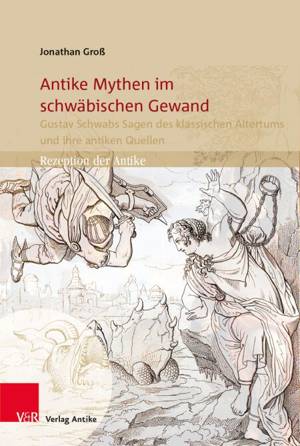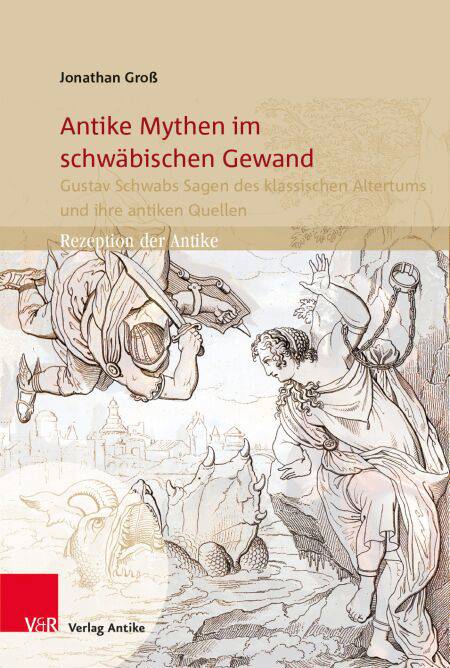
- Afhalen na 1 uur in een winkel met voorraad
- Gratis thuislevering in België vanaf € 30
- Ruim aanbod met 7 miljoen producten
- Afhalen na 1 uur in een winkel met voorraad
- Gratis thuislevering in België vanaf € 30
- Ruim aanbod met 7 miljoen producten
Zoeken
Antike Mythen im schwäbischen Gewand E-BOOK
Gustav Schwabs Sagen des klassischen Altertums und ihre antiken Quellen
Jonathan Groß
€ 85,00
+ 85 punten
Omschrijving
Gustav Schwab's collection of Greek myths, a well-established and widely-used re-narration for young people, has since its first publication in 1838–1840 served as an introduction into classical mythology for many generations. The fact that it is closely modelled on ancient literary accounts is unknown to most and has attracted little attention from literary scholarship. By analysing the relationship of Schwab's re-narration with ancient Greek and Latin sources, many passages are revealed as almost verbatim translations from the original, whereas others seem to be only loosely based on them. Demonstrably, Schwab also made use of modern translations and other resources such as mythological dictionaries in many instances. In-depth analysis of many passages proves Schwabs's classical tales to be the product of an elegant and knowledgeable writer and schoolteacher, who does not however always live up to his intention of presenting ancient myths without moralising changes.
Specificaties
Betrokkenen
- Auteur(s):
- Uitgeverij:
Inhoud
- Aantal bladzijden:
- 358
- Taal:
- Duits
- Reeks:
Eigenschappen
- Productcode (EAN):
- 9783946317456
- Verschijningsdatum:
- 16/02/2020
- Uitvoering:
- E-book
- Formaat:

Alleen bij Standaard Boekhandel
+ 85 punten op je klantenkaart van Standaard Boekhandel
Beoordelingen
We publiceren alleen reviews die voldoen aan de voorwaarden voor reviews. Bekijk onze voorwaarden voor reviews.











